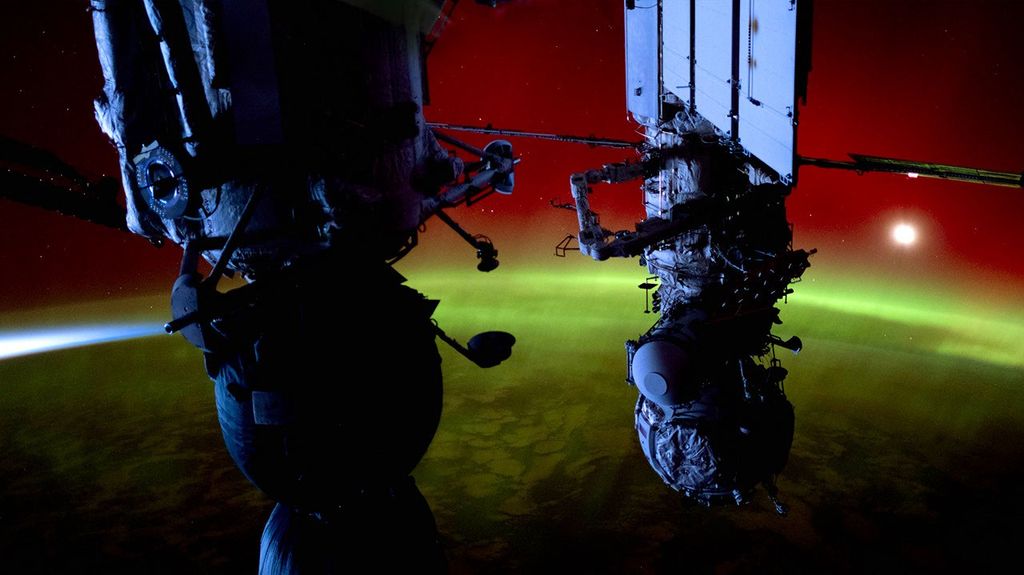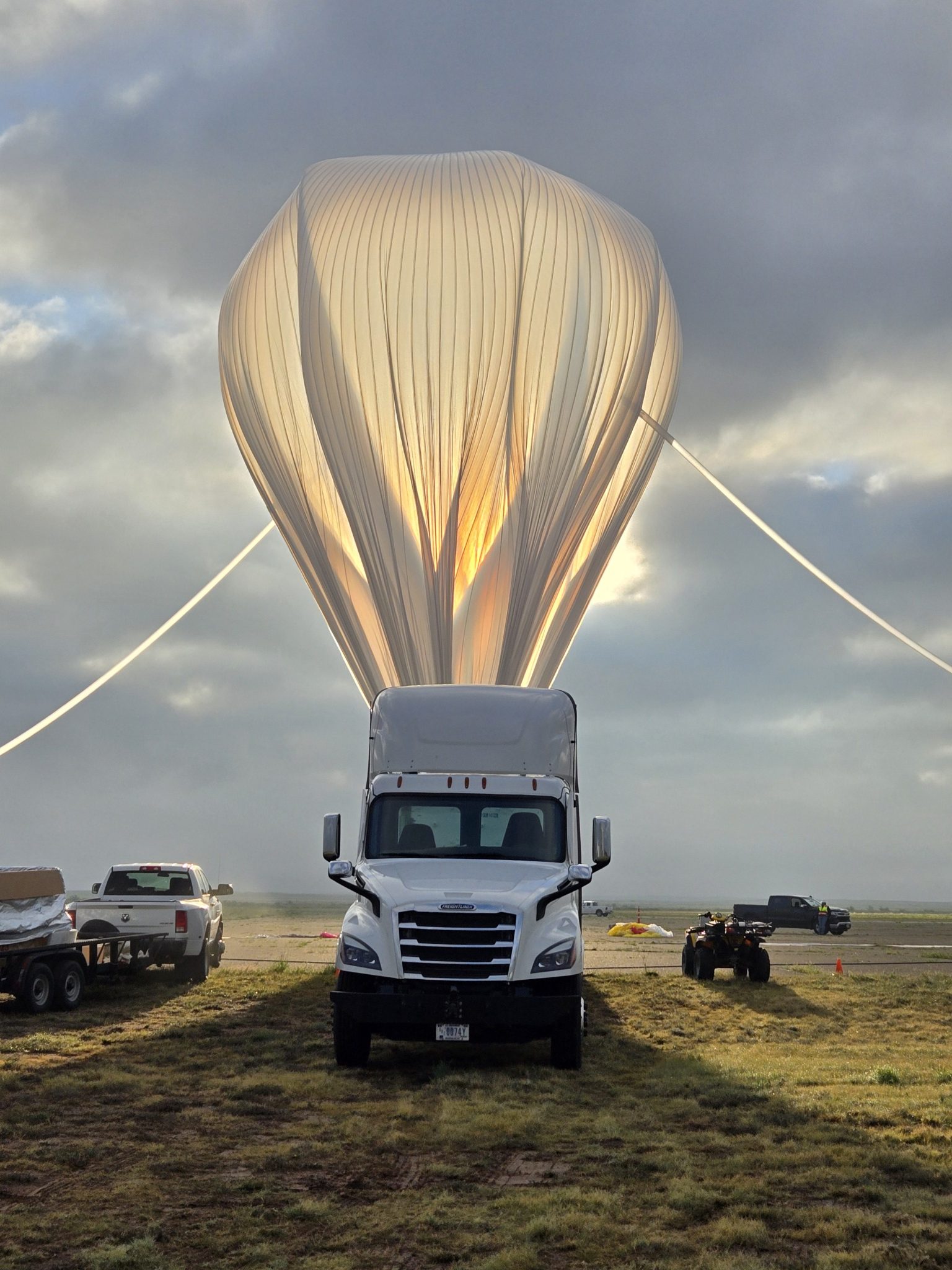New Mexico Scientific Balloon Campaign Update – Sept. 14
NASA launched two scientific balloon missions from the agency’s Fort Sumner, New Mexico, launch facility Sunday, Sept. 14, 2025. This marks the first time two scientific balloons were launched on the same day since 2011.
The JPL-Remote mission launched at 10:12 a.m. EDT (8:12 a.m. MDT) Sept. 14, 2025. The balloon and payload reached a float altitude of 127,000 feet and flew for 12 hours, 58 minutes. The mission’s main goal is to measure how different gases are layered in Earth’s atmosphere to check satellite data and track long-term changes since 1989.
The Cosmic Dust Collection Project (CDCP) mission launched at 12:10 p.m. EDT (10:10 a.m. MDT). The balloon and payload reached a float altitude of 125,000 feet and flew for 8 hours, 36 minutes. The mission’s aimed to capture cosmic dust at different altitudes in Earth’s atmosphere to study how much of this dust has contaminated the stratosphere.
To follow the missions in the 2025 Fort Sumner campaign, visit NASA’s Columbia Scientific Balloon Facility website for real-time updates of balloons’ altitudes and locations during flight.




























